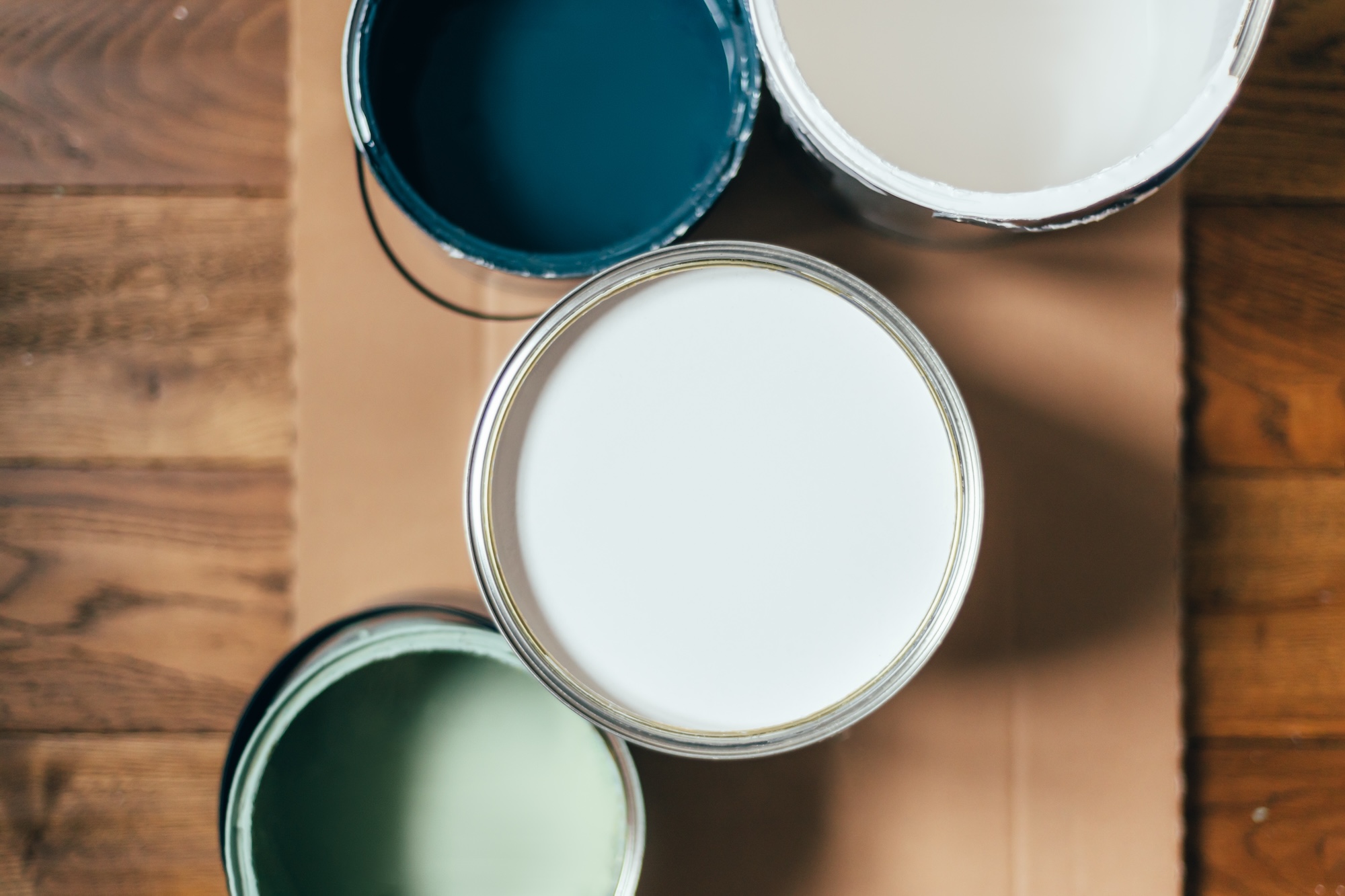As a painting contractor for the past 30 years, we have seen our paints change over the years to help make them safer for us and the environment. The major paint companies have reformulated most of the old paints into much safer products that don’t cause as many health issues for people. Whether you’re tackling a DIY project or seeking professional painting services, understanding the amount of volatile organic compounds in the paints is a huge factor in how safe the products are.
Volatile organic compounds or VOCs as we like to refer to them, are chemicals that can evaporate into the atmosphere and are found in many products such as paints, cleaning products, cosmetics, and other items. They can also be found in carpets, furniture, and plastic items.
Some VOCs are harmful and others can react with other gases in the air and cause pollutants. Exposure to these vapors can cause many health-related issues such as eye and respiratory problems, visual issues, dizziness, and memory problems. Many factors go into these health-related issues such as the level of exposure and the amount of time you were exposed to them.
What is Low VOC Paint?
So what qualifies a paint as low VOC? The paint must have less than 50 grams of VOC per liter. This is a much lower level than a normal paint would have. Some paints that have higher sheens qualify as low VOC if they are under 100 grams per liter. Even low VOC paints can off gas and cause indoor air pollution.
What is Zero VOC Paint?
So what qualifies a paint as zero VOC? A paint that contains less than 5 grams of VOC per liter is considered a zero VOC paint. These will release less toxins into the air and can be better and safer for your health. Even zero VOC paints can contain bad chemicals and the tinting process adds more VOCs to the paint.
Low vs. Zero VOC Paint
Zero VOC paints are much safer for our health and the environment. They are typically water-based paints so clean up is much easier than an oil paint as you can use soap and water. They are typically just as durable as a higher VOC paint. In some cases, zero VOC paints are not as easy to apply or get tape to stick to. These paints don’t typically have much odor which is a benefit, especially inside your home.
Low VOC paints are still typically pretty safe for your health and the environment. They release less toxins into the air than a normal paint. These are also water-based paints that will release less solvents into the atmosphere. Water-based paints tend to be more durable than solvent-based paints. You do not need to use thinners, additives, or hardeners with these paints and typically have less adhesion issues.
Health Risks Associated with Exposure to VOC Paint Fumes
Volatile organic compounds in paint can cause problems if inhaled or if it touches your skin. Short-term symptoms can range from headaches to dizziness and issues with breathing. Long-term symptoms can be much more severe such as damage to organs, skin reactions, memory loss, nausea and vomiting, and nervous system issues. Some VOCs are thought to be a cause of cancer.
The Importance of Choosing Eco Friendly Paint
We always encourage our customers to choose a low or no VOC option when possible. Some paints or primers we use do have higher VOC, but most no longer. We always try to balance out the quality of the product and the impact it has on the homeowner and the environment.
Recap: What is Low VOC Paint?
Choosing the right paint isn’t just about color or finish—it’s about protecting your health and the environment. As we’ve explored, opting for low or zero-VOC paints can significantly reduce your exposure to harmful chemicals, offering a safer and more eco-friendly alternative to traditional paints. While both low and zero-VOC options provide numerous benefits, zero-VOC paints stand out for their minimal impact on indoor air quality and easier cleanup.
At Absolute Painting, we’re committed to helping you make informed decisions that benefit your home and the environment. Whether you’re looking to refresh your space or start a new project, our team is here to guide you in selecting the best low or zero-VOC paints. Contact us today for expert advice and a team you can trust.





